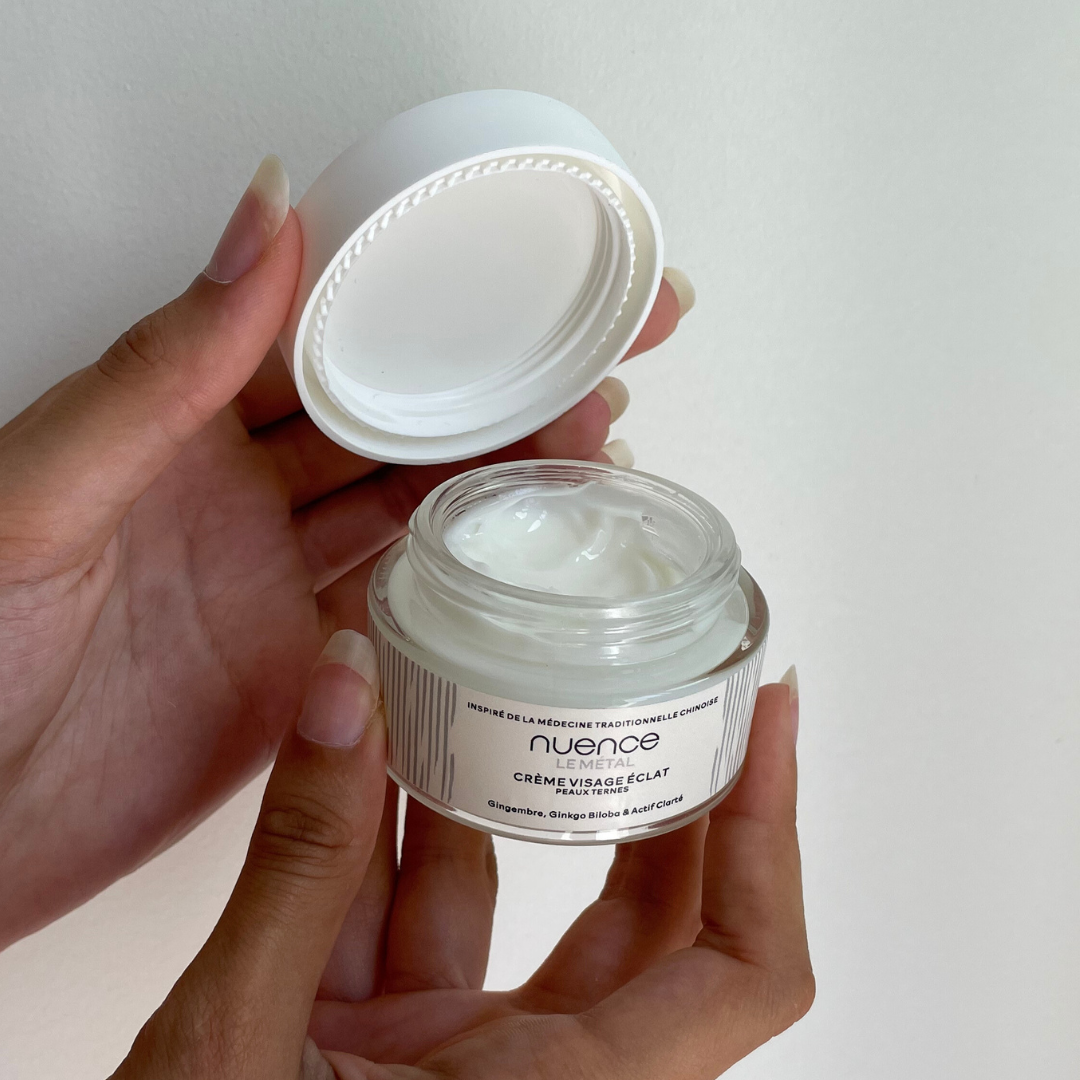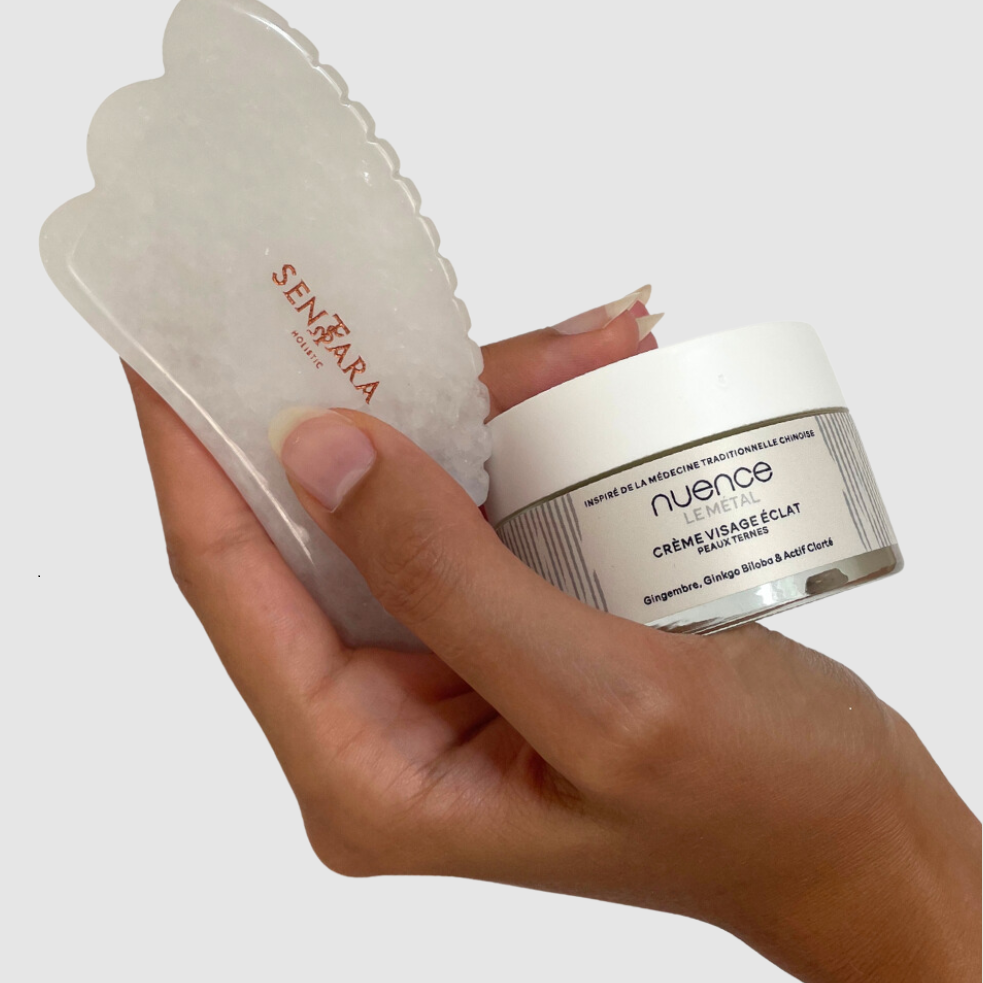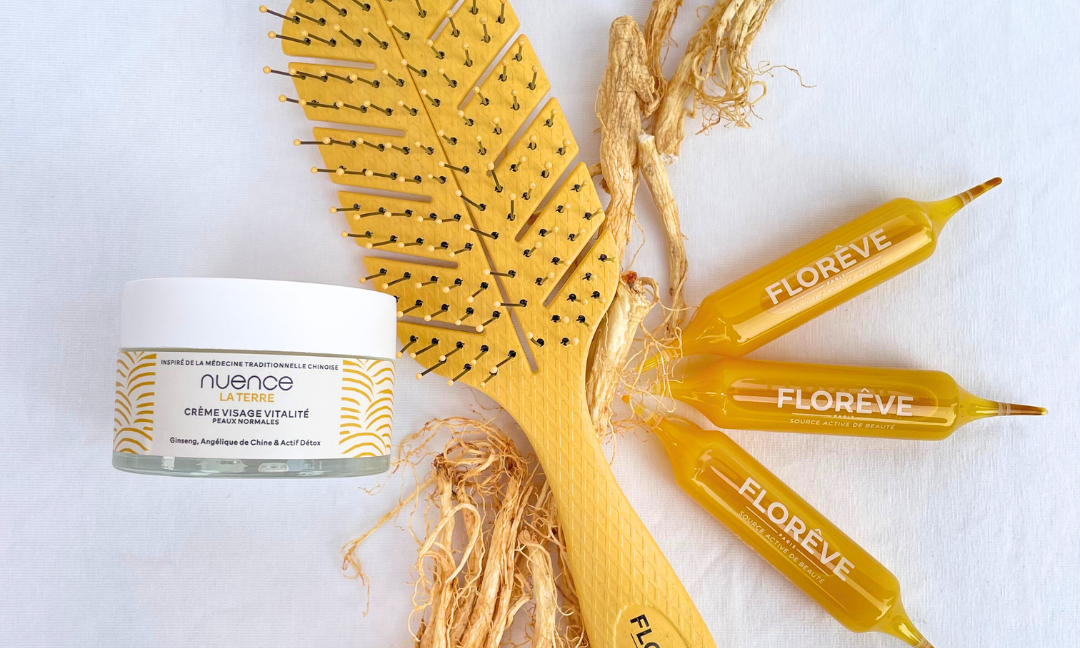To visually transcribe Nuence 's roots in TCM and its millennial heritage, our design agency drew its inspiration from the world of ink calligraphy, an ancient art form that still fascinates today. by its complexity and beauty.
A Brief History of Calligraphy:
Calligraphy emerged as the most important art form in ancient China, alongside painting, and first appeared during the Han dynasty (206 BC - 220 AD). All educated men and some women at court were expected to be proficient in this area.
Much more than simple writing, good calligraphy required great control of the brush to achieve rapid, spontaneous strokes, of varying thickness with a fluid connection between them - to create an aesthetically pleasing whole.
In Chinese culture, calligraphy is considered one of the highest forms of art, often associated with painting and poetry. It is seen as a means of personal expression and spiritual improvement. Calligraphers do not just transcribe texts; they express their emotions, their thoughts, and their vision of the world through their works.

A beneficial activity for mental and physical well-being.
The practice of calligraphy requires a lot of concentration, breath control, and harmony between body and mind. Paying attention to the moment, to the pressure of the brush, to the mixing of the ink, and to the line on the paper, is a form of active meditation.
By concentrating on each brush stroke, the calligrapher sees his worries fade away and his mind calms down. This regular practice can improve mental well-being, promote clarity of mind and strengthen the ability to concentrate.
By inviting the practitioner to disconnect from the daily hustle and bustle, it offers a path to peace of mind and full awareness. Calligraphy encourages one to slow down, observe and appreciate the fine details, the little things, an increasingly valuable skill in our fast-paced and often superficial world. Today we are talking about the importance of “letting go” so why not consider the practice of calligraphy for this?

The seals
Chinese calligraphy comes in several styles, each with its own characteristics and aesthetics (character shape, brush technique, rhythm of writing). Among them, the signature script, used for seals and other official documents, caught our attention to represent the 5 elements of TCM from which NUENCE is inspired.
Inscribed in 2009 on the Representative List of the Intangible Cultural Heritage of Humanity, the art of seal engraving is a major component of Chinese fine arts. The design is first traced on paper, then engraved backwards into the stone using a knife. The art of engraving requires, in addition to mastery of traditional calligraphy, great virtuosity, the artist only having a tiny space, where each curve, each thickness of line counts.
Today, seals continue to be used in official documents and private correspondence. Even if knowledge of complex characters is becoming rarer, this art is still practiced by professionals and amateurs alike.

To conclude
Chinese calligraphy is much more than an art, it is an integral part of a healthy and balanced lifestyle. For those who wish to (re)connect with themselves and their environment, calligraphy offers a unique practice, combining artistic beauty and personal well-being.
Associated with the art of engraving, it gave birth to seals, used since antiquity. This heritage highlighted in the graphic universe of NUENCE perfectly conveys the essence of the brand: the original combination of ancestral know-how and modernity.








